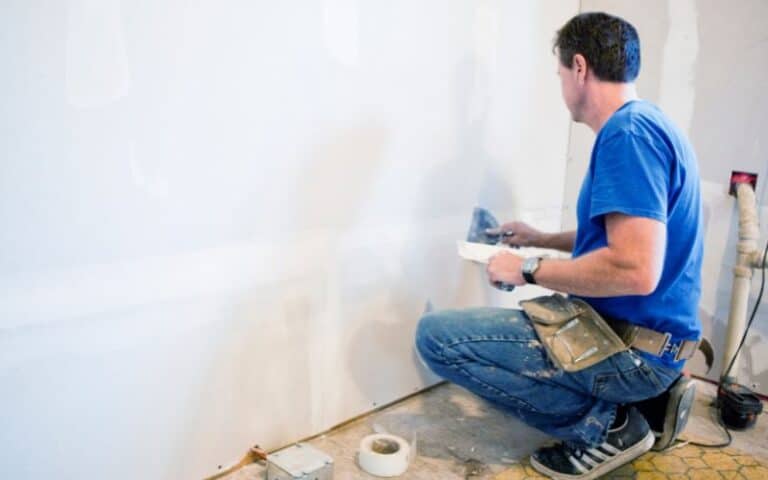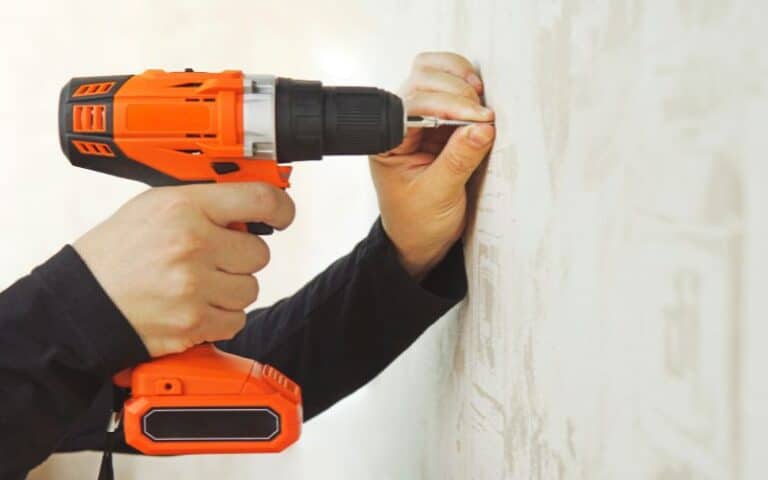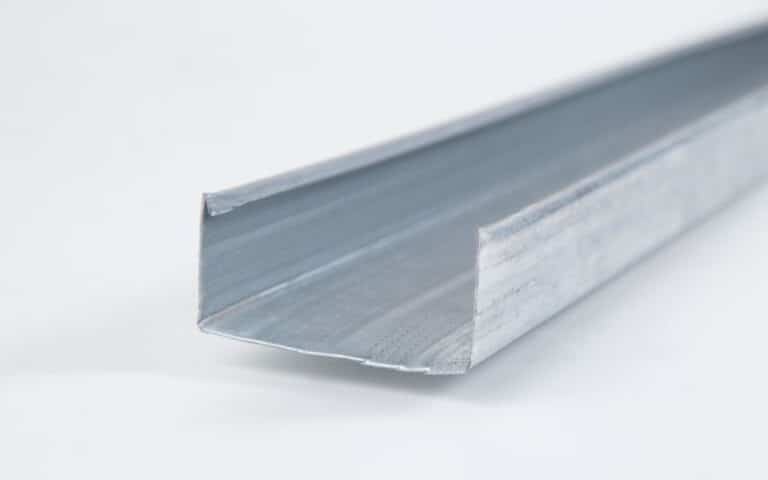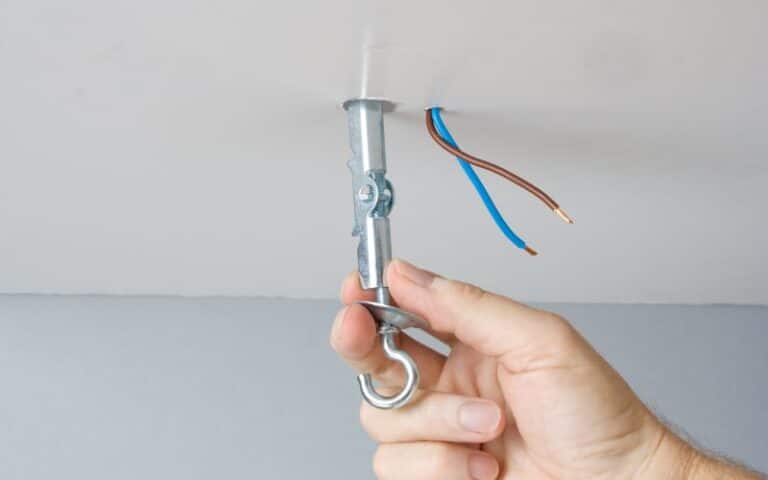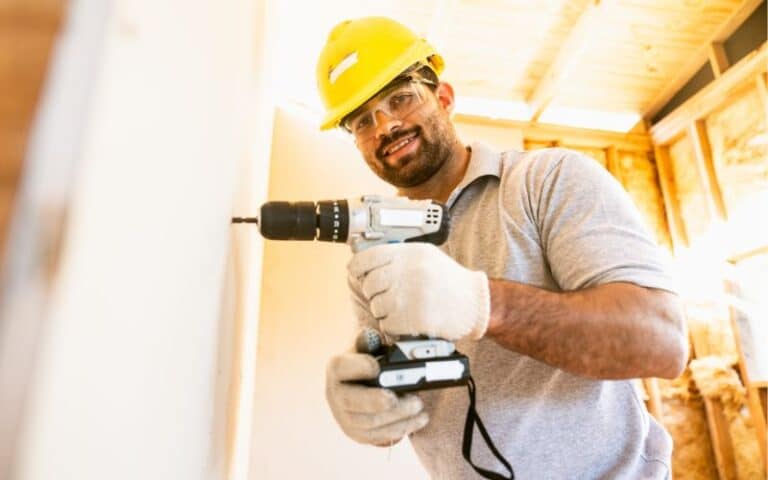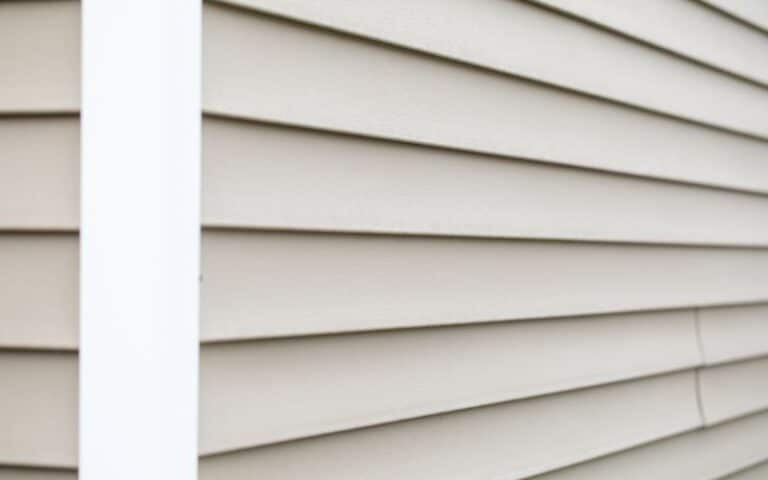The process of construction should follow a sequence. This sequence should be applied to the processes in a room.
It is essential to have a sequence because time and energy expended could be saved. In addition, you could save costs and avoid spoiling what could have been a nice job in many instances.
Installing drywall in a room where you need to tile the floor should follow a sequence. Most times, you have to choose which should go first.
A drywall should be installed before tiling. This sequence is essential to have excellent work done. The drywall and tiles that are finished should follow a sequence. It would be best if you had the tiling done first, then you could install drywall afterward. This sequence would save you a lot of time and resources.
In this article, you will find out which should come first: drywall or tiles. Not only that, I will tell you which finishing follows the other in the shower space.
I will also note whether drywall should touch the floor when constructing your home.
Ready for a Drywall Quiz?
What Comes First: Drywall or Tile?

Your drywall should come before your tile. However, both processes finish jobs in house construction; having your drywall before any flooring is better.
This pattern can save time and effort, and you can apply them to any area of your house. Most professional construction workers keep to this sequence.
Here are some reasons why you should install your drywall before you apply the tiles:
- Time
- Mess
- Potential flooring damage
- Installation guides
- Humidity concerns
#1. Time
In-home construction, time is of the essence; having to do tasks quickly will ensure better outcomes.
For example, it is quicker to have the drywall then apply the tiles than follow the other way round.
After hanging the drywall, you can easily tape out the walls and cut out the edge of space that should be left between the lower border of the drywall and the upper border of the tile.
As a rule, it is better to go from top to bottom in home construction. So much time is saved from the mess that you need to clean up.
#2. Mess
Home construction could be a messy job. An inappropriate sequence makes it even more confusing. In-home construction, a good line, saves you so much stress.
When you flow from top to bottom, you have fewer messes to clean up in this regard. If you hang the drywall first, you will spend less time on the floor.
If you apply the floor first, you will spend more time on the walls because you must apply care so that you don’t get to mess up the wall with compound drip joints.
You save time by having a clean job when working with the right sequence. You also have a clean job in less time.
#3. Potential Flooring Damage
Not only does it take more time or become much messier, but applying a floor before the drywall can damage the floor.
When you apply drywall first, you can easily remove the debris that falls on the ground. You can leave the residue on the subfloor if it does not interfere with your flooring.
You can also scrape and sweep the debris off the subfloor if they interfere with the flooring.
You can save the tiles by making the drywall before flooring your home.
#4. Installation Guides
Home construction professionals use a bare floor as markers for positioning drywalls. In addition, these markers serve as installation guides for drywall boards.
When you make the floor before hanging the drywall, you will obliterate these marks and cannot trace them. These marks help you to locate elements when cutting the drywall around them.
For example, when you have a bare subfloor without any flooring, the installer can make marks on them to guide his work.
These marks include markings beneath switch boxes, along wall joints, and other utility elements.
When the wall is tapped, you can use these marks to tailor your vision when locating these elements.
#5. Humidity Concerns
In humid regions, you should apply the wall before the floor. Tapping drywall will help the humidity of a room substantially.
When you place the drywall before you tile, the drywall will help in the room’s humidity.
Should You Drywall Before Tiling Your Shower?
You should only apply drywall after you apply tiles in your shower. This pattern of home construction is a terrible practice.
In your shower and other wet areas of your house, ensure that you apply the tiles directly on the wall and not on drywall.
Drywall is a diverse range of sheeting materials used to line the inner surfaces of walls in your room or any other building.
This classification excludes the use of mortar or plaster. You can commonly find gypsum, wood pulp, and asbestos cement as significant drywall components.
Many homeowners prefer drywall as an inner cover on their walls because it is resilient and durable.
The most frequent drawback with dry walls is the cracks in the walls. When dry walls get wet, they form holes and then crack.
The drywall does not only crack when wet. Instead, the crack in the wall is transmitted from one point to another.
This transmission ensures that the cracks spread on the entire surface of the drywall.
When you apply your tiles on drywall, they begin to fall off quickly because of these cracks. In addition, they make the overlying tiles pop out and become squishy.
Tiles overlaid on drywall do not last for more than ten years. After this time, they either form blebs or fall off altogether.
You should apply tiles directly on the wall in wet areas. Here are some pros and cons of using tiles on drywall.
| Pros of Applying Tiles on Drywall | Cons of Applying Tiles on Drywall |
|---|---|
| It is cheap. | Tiles fall off quickly. |
| It is easier to install. | Dark discoloration at caulk joints. |
| Less cement is required. | Water seeps through the wall joints. |
Should You Do the Flooring Before Installing Drywall?
When doing any construction work, you should apply drywall before any flooring. This pattern is necessary because it ensures you do not soil the floor.
If you have a wood floor, it is essential to have your drywall up first before you make your floor.
If you make a wooden floor before you have your drywall, debris from the installation of the drywall will scratch your floor and may mess up the work.
Such debris could include sand, screws, and bolts. When debris falls on the floor, you can step on it and scratch it.
When you make the drywall, this debris falls on the bare floor. You can choose what to do with this debris afterward.
When they fall on the subfloor, you can sweep them or apply the floor immediately on them if you are sure they won’t interfere with your flooring.
Should Drywall Touch the Floor?
The edge of your drywall should not touch the floor. Some space should be left between the lower border of the drywall and the floor.
It would be best if you had this gap because drywall absorbs moisture. So when the drywall touches the floor, it will pick up all the moisture on the floor.
The space between the floor and the drywall prevents water from damaging the drywall at this point.
Another vital point to note is that the floors and the drywall expand during the hot weather.
This space allows for the expansion of the drywall and floor in the same direction. The expansion is impeded when there is no space between the drywall and the floor.
You may damage the drywall due to the impact when the drywall and floor fail to expand.

